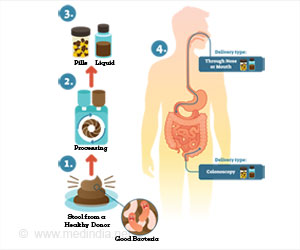People with the 'warrior gene' display higher levels of aggression in response to provocation, according to new research.
A new research has attributed the 'warrior gene' in certain people for their higher levels of aggression in response to provocation.
The study, co-authored by Rose McDermott, professor of political science at Brown University, is the first to examine a behavioral measure of aggression in response to provocation.The findings are published in the Proceedings of the National Academy of Sciences, reports the Science Daily.
Monoamine oxidase A is an enzyme that breaks down important neurotransmitters in the brain, including dopamine, norepinephrine, and serotonin. The enzyme is regulated by monoamine oxidase A gene (MAOA). Humans have various forms of the gene, resulting in different levels of enzymatic activity.
People with the low-activity form (MAOA-L) produce less of the enzyme, while the high-activity form (MAOA-H) produces more of the enzyme.
The latest study is the first experimental test of whether MAOA-L individuals display higher levels of actual behavioral aggression in response to provocation.
total of 78 subjects took part in the experiment over networked computers (all were male students from the University of California-Santa Barbara). Each subject (A) first performed a vocabulary task in which they earned money. Then they were told that an anonymous partner (B), linked over the network, could choose to take some of their earnings away from them. The original subject (A) could then choose to punish the taker (B) by forcing them to eat unpleasantly hot (spicy) sauce - but they had to pay to do so, so administering punishment was costly.
Advertisement
Their results demonstrate that low-activity MAOA subjects displayed slightly higher levels of aggression overall than high-activity MAOA subjects. Also, there was strong evidence for a gene-by-environment interaction, such that MAOA is less associated with the occurrence of aggression in the low-provocation condition (when the amount of money taken was low), but significantly predicted aggression in a high-provocation situation (when the amount of money taken was high).
Advertisement
TAN/M









